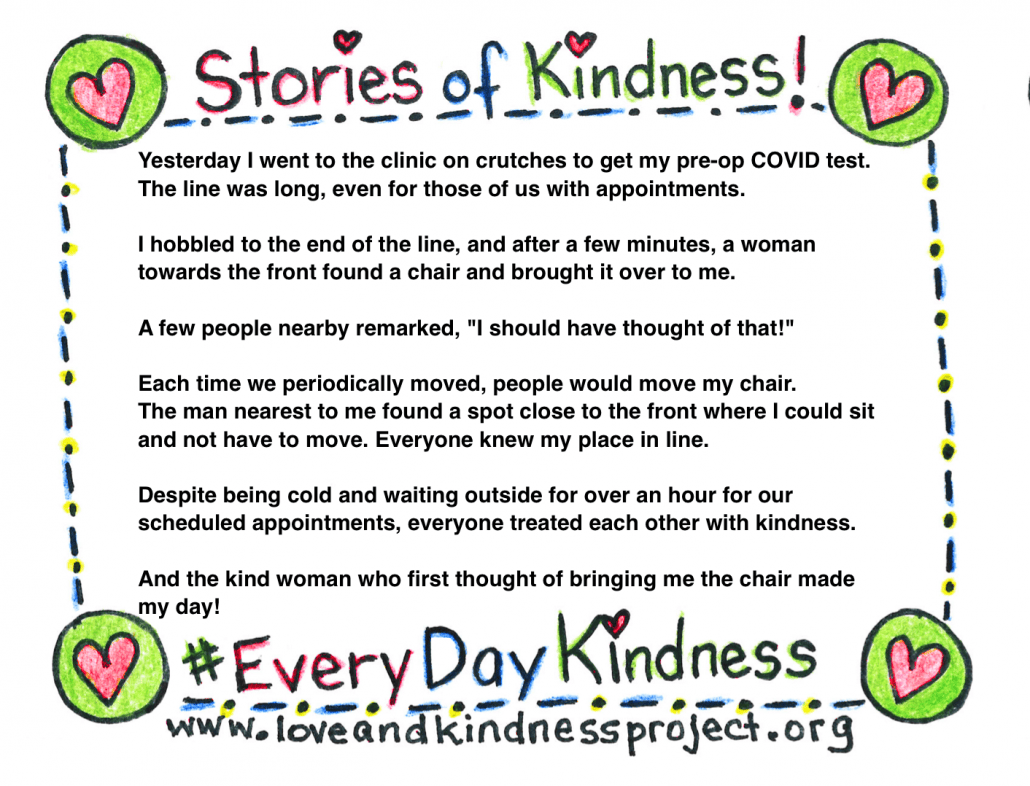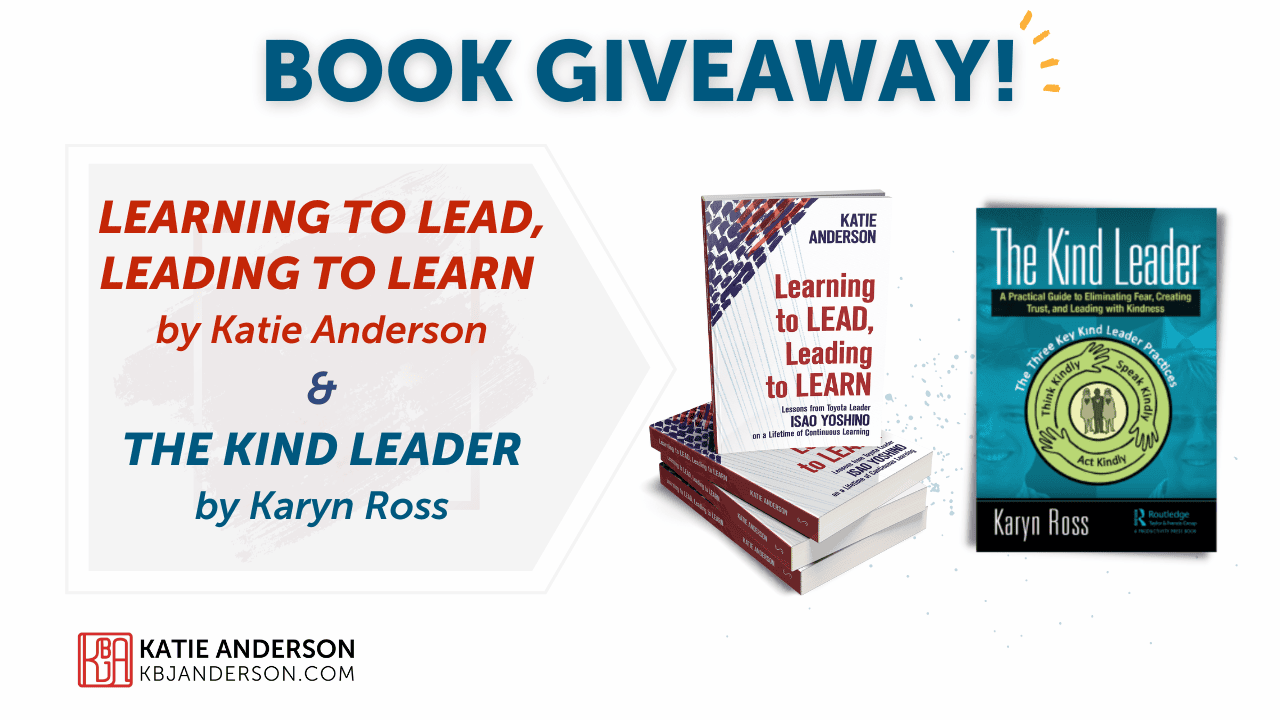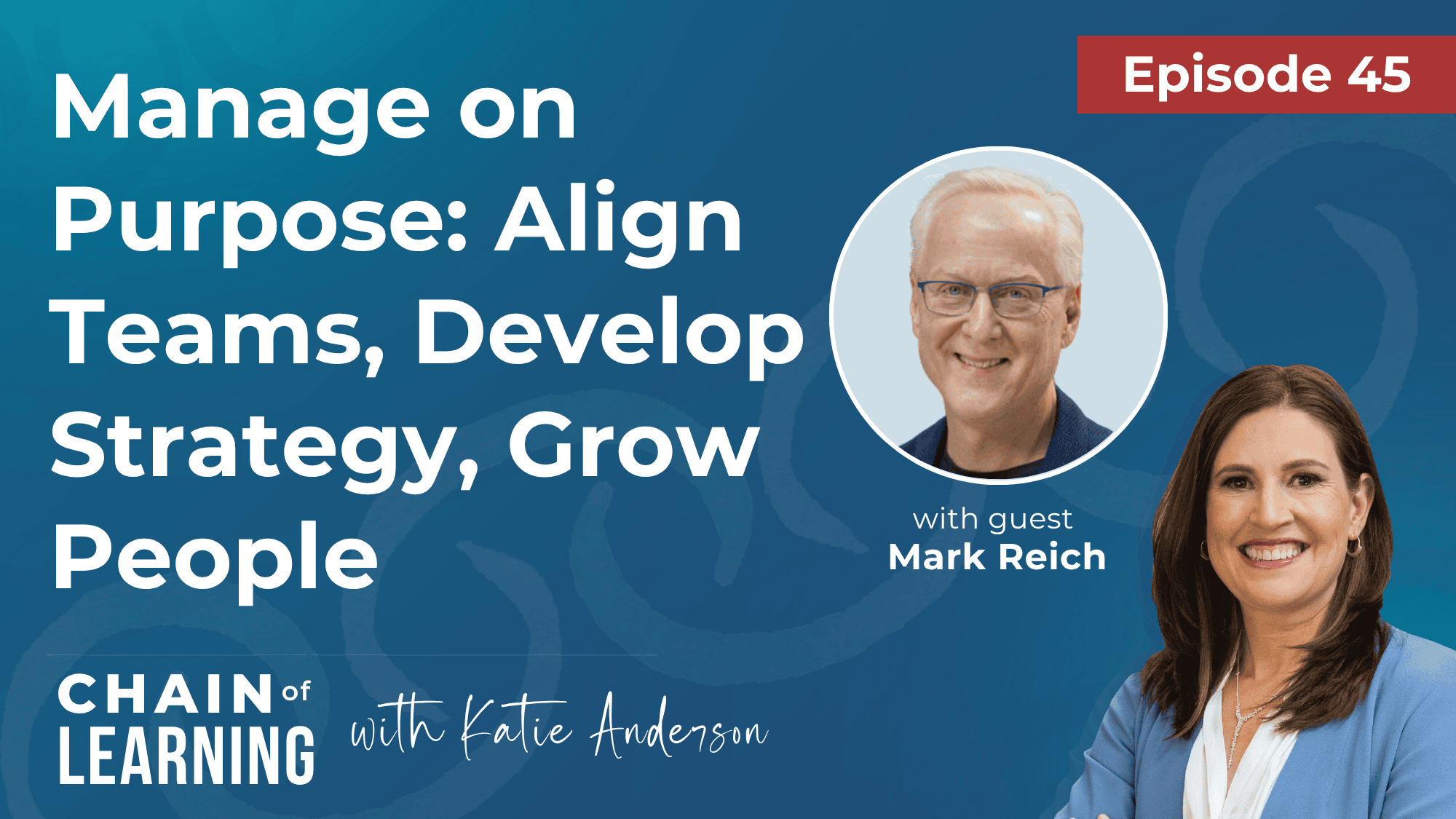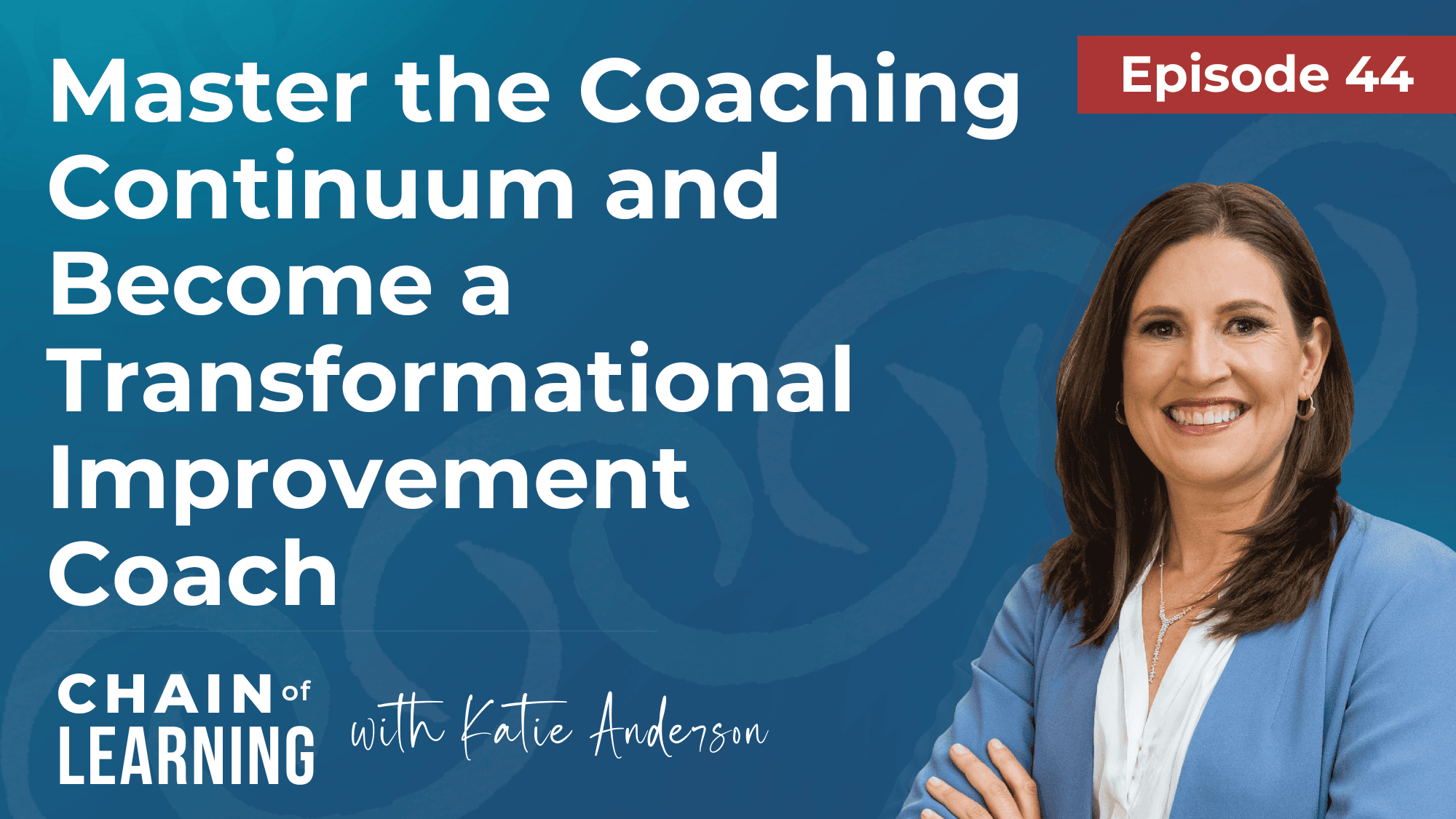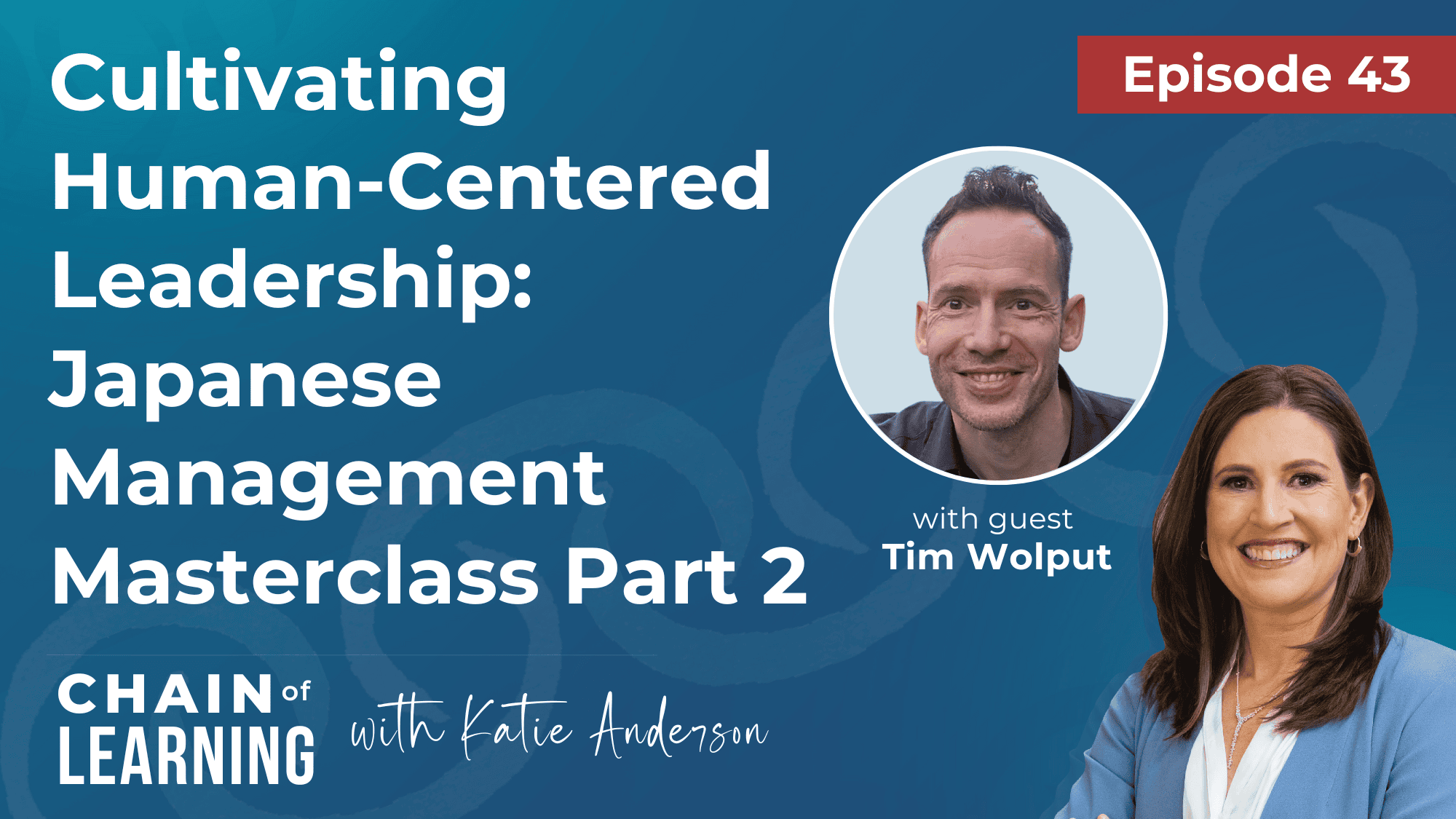What does kindness mean?
How can you become kinder this year?
And, importantly, how can you become kinder while you increase your learning at the same time?
These are just some of the questions that I asked Karyn Ross in our latest interview about her new book The Kind Leader.
Context of Katie and Karyn
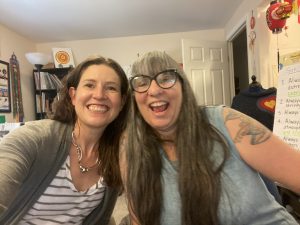
Karyn Ross is my “K2C2” (Katie and Karyn’s Coaching Community) partner and good friend — and she was one of the editors of my book Learning to Lead, Leading to Learn!
She’s on a mission to help people create a better, kinder world. An artist, speaker, award-winning author, consultant, coach and practitioner, Karyn travels the globe (virtually these days!) teaching people her unique system of combining creativity, continuous improvement and kindness to make a better world.
Karyn is also Founder and President of the Love and Kindness Project Foundation, a registered public charity that I support, and The New School for Kind Leaders. She has created both of these initiatives to help people around the world think, speak, act and lead more kindly.
Karyn’s latest book, The Kind Leader: A Practical Guide to Eliminating Fear, Creating Trust and Leading with Kindness teaches leaders how to lead with kindness so they can influence the people they lead to create kinder workplaces, organizations and a kinder world.
Our motto has become 1 + 1 = WAY more than 2!
This saying is about how the output of working together as humans, showing kindness and respect, is much more than the sum of us as individuals.
Karyn and I have done this type of author interview before for some of her previous work, which you can take a look at here and here and it is always such a huge pleasure talking to her.
Karyn’s creativity, energy, and kindness are inspiring and I’m thrilled to share with you our most recent conversation….this time about her new book!
Congratulations to the winners of the book giveaway!
One lucky participant won a copy of a copy of Karyn’s book, The Kind Leader: A Practical Guide to Eliminating Fear, Creating Trust and Leading with Kindness, AND a copy of my book Learning to Lead, Leading to Learn: Lessons from Toyota Leader Isao Yoshino on a Lifetime of Continuous Learning during our giveaway.
Be sure to join my community to hear about all my future giveaways.
You can still buy your own copy of The Kind Leader: A Practical Guide to Eliminating Fear, Creating Trust and Leading with Kindness here on Amazon; and your copy of Learning to Lead, Leading to Learn: Lessons from Toyota Leader Isao Yoshino on a Lifetime of Continuous Learning here on Amazon.
Kindness Is Not Weakness
The idea that kindness is a sign of weakness is a theme that comes up often in my interview with Karyn.
It takes a lot of strength and courage to be a leader, regardless if you are leading one person or thousands. It is hard to have difficult conversations, to tell people what they might not want to hear, and to do it from a place of kindness and caring.
I believe that we always have the opportunity to think deeply and reflect on the person or leader we want to be, and make a choice about how we act.
This is how we live and lead with intention.
It’s about knowing who we want to be and what impact we want to have in this world, and then aligning our actions in that direction.
When we discover ways of working and being that are kind, caring, positive, and useful, we show our respect for others.
This also means that, in reflecting, we can also let go of ways of working that don’t suit us (or others), and don’t resonate with the kindness we want to put out into the world.
Kindness is built into the leadership model of the Toyota Way, of the real principles of lean — it’s all about respect for people.
This is not respect for someone’s title or because of their position or accomplishments but rather respect for their humanity and for their effort.
This is the type of respect that I’ve written about in my book and in previous blog posts that is the foundation of the Toyota Way concept of “Respect for People.” That pillar, respect, is based on kindness.
For one example, I’ve talked about the idea of going to gemba (which you can read about here). For those of you who don’t know what “gemba” is, it is a Japanese term that means “the place where something happens.”
But we are not being kind leaders when we only go to gemba and say hi, without checking in on how people are actually doing. It’s also not kind to only go to gemba when something is problematic, if we are going with an attitude to blame, rather than to support.
As Mr. Yoshino shared with me, leaders go to gemba to both “go see” how work is happening AND to show they care.
What we should be doing is going to see our people, and speak to them, and really listen to them so that we can help with kindness and ensure that we are providing the support they need to be successful.
How do we show up more authentically with kindness, with caring, with curiosity, and with the courage to look at ourselves, too?
Both The Kind Leader and Learning to Lead, Leading to Learn can help show you the way!
And now on to the interview about The Kind Leaders
Without further ado, watch my interview with Karyn and discover how you can bring more kindness into your life and to those around you.
See below for a list of the questions and time stamps if you wish to jump to specific topics.

Questions and Answers about The Kind Leader
Below are the seven questions we covered in the interview with a short summary of the answers. For the full answers, watch the interview discussion!
Read on to “hear” my conversation with Karyn about her thoughts on kindness and her new book The Kind Leader!
1. (0:50) What are the three biggest myths about kind leadership?
I’ve talked to a lot of people, and in writing this book, I’ve discovered that the three biggest myths about kindness are these:
(1:05) The first is that kindness is a sign of weakness. That’s just totally incorrect because when you think about it, it takes a lot of strength to be a leader. Sometimes, you have to have a difficult discussion with someone, and tell them something that they might not want to hear. To do that in a kind way, takes a lot of strength. So it actually takes more strength to be kind than it does to not be kind.
(2:00) The second myth is that kind and nice are the same thing. Actually, there’s a huge difference between being kind and being nice, and it has to do with that idea of weakness as well. Many times, we think about doing the nice thing, because we don’t want to make somebody feel uncomfortable. We don’t want to upset them, so we may not tell them the truth. But, often, that’s an unkind thing to do, if we have an employee or team member who’s struggling.
(3:21) The third myth is that all of this is a waste of time because the people who are unkind leaders are never going to read the book and are never going to care. Firstly, everybody thinks that they’re kind. And secondly, it really doesn’t matter because when we want to change a system, we change the inputs and then it goes through the process and different outputs come out. By thinking kindly, speaking kindly, and acting kindly, we change the system. Every single act of kindness you do, every single word you speak kindly, every kind thought that you have, changes the system.
2. (04:40) How can we start shifting from an unkind to a kind culture?
First, let me assure you, you are a leader, whether at work, whether informally, at home when you’re a parent, if you’re a coach, if you’re teaching a community class, if you’re involved in a community organization, you are influencing people by your actions, reactions, your words, and people are following you. So, the best place to start with any change is to practice it yourself. You’re going to see the result of this immediately.
3. (07:18) Are you kind all the time?
I am absolutely not kind all the time. I always say to people, kindness is a practice that takes practice, and kind leadership is a practice that takes practice and the more we practice, the more comfortable we get, the more confident we get, the better we get, the more it becomes a habit.
Kindness is a practice that takes practice – Karyn Ross
4. (09:53) How do you see the difference between introspection and reflection?
Introspection means really looking in at ourselves and saying, did I accomplish or not accomplish, or did I act in the way that I wanted to? Did I act with kindness whether or not we reached the target, or not. Did I treat others with kindness? Was I kind to myself?
5. (12:48) What is your goal for how to increase kindness in the world this year?
Every year I sort of create a theme to think about, and this year’s theme is to think small.
6. (14:45) I’m curious what you learned through the process of writing The Kind Leader.
In the past, what I found is that if I do all the writing first, then it’s easier to do all the drawings second. I started off thinking that’s how I’m going to write The Kind Leader but it didn’t work that way. So I actually sometimes did the drawing first, then writing, and then back to some drawing. I learned, you know what, each book is going to have its own process. And the creative flow changes based on the situation.
7. (16:45) What is a question you aren’t usually asked about either the book or kind leadership, that you’d like to answer?
I am usually not asked the question why. Really why did I write this book now?
I write about lean, why am I going to write about kind leadership? Why am I going to write about something I haven’t written about before?
The truth is, it’s needed. During the pandemic I really saw a lot of unkindness. I thought something’s gotta change. So, that’s why I decided to write a book about kind leadership at this time.
Small Acts of Everyday Kindness
In the spirit of Karyn’s theme of “thinking small”, Karyn and the Love and Kindness Foundation are encouraging everyone to recognize and celebrate the small acts of everyday kindness around us.
I personally was moved by a small act of #EveryDayKindness recently and have shared my experience as a post on LinkedIn.
It’s the little actions of kindness that bring us together as humans. Let’s do more of it!
You can download the template here from the Love and Kindness Foundation and share your own Stories of Kindness. 